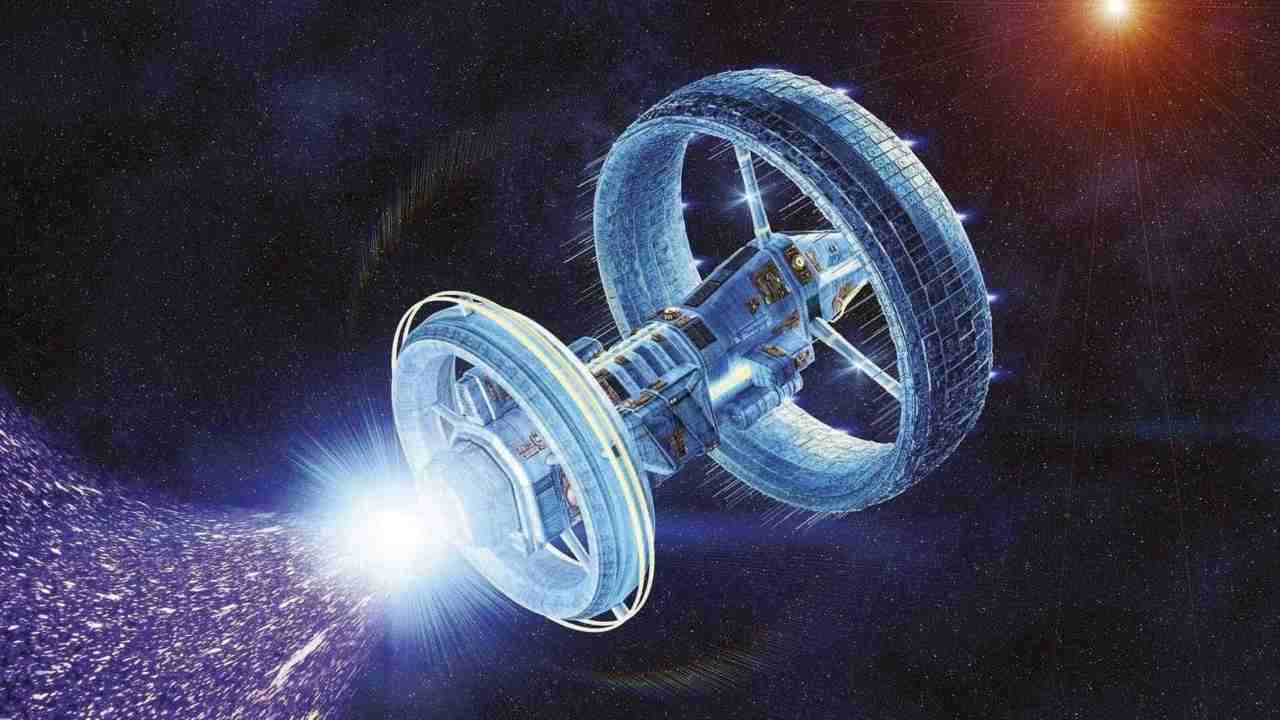A team of physicists from the University of Alabama in Huntsville and the Advanced Propulsion Laboratory at Applied Physics, in New York, has developed a model that shows it might be possible to create a subluminal warp drive.
In their paper published in the journal Classical and Quantum Gravity, the group describes the physics behind their approach and why they believe it shows that warp drives may not have to be relegated to science fiction stories.
Warp drives, made famous by the television series “Star Trek,” are imagined engines that could push vehicles through space at speeds that are currently impossible—perhaps even at the speed of light.
Such speeds are attainable in the science fiction realm, due to compression of the space in front of a spaceship, the ship passing through, and then expanding the space behind it back to its natural state.
According to current theory, it would not be possible to construct warp drives in the real world. But current theories may have to be amended if the work by the team on this new effort pans out.
The work builds on work done by Miguel Alcubierre, who, back in 1994, published a paper that used physics to describe how a warp drive might work—unfortunately, the paper included the need for negative energy, which may or may not exist.
In this new study, the team has built a model that draws similar conclusions, but without the need for negative, or any other types of exotic energy.
The team blends both new and traditional physics techniques based on gravity to describe the creation of a warp bubble around an object, allowing it to travel at speeds that are far beyond those that have been proposed to date—though, not at or above the speed of light.
The engine behind the technology, the researchers suggest, would involve combining a shell made of stable matter with a “shift vector distribution” similar in design to that described by Alcubierre.
They further suggest such an engine could allow for speeds near the speed of light. But they also note that building such an engine is still far beyond current technology capabilities, which means if such an engine can be built, it will not happen for a very long time.
Reference: Jared Fuchs et al, Constant velocity physical warp drive solution, Classical and Quantum Gravity (2024). DOI: 10.1088/1361-6382/ad26aa.
